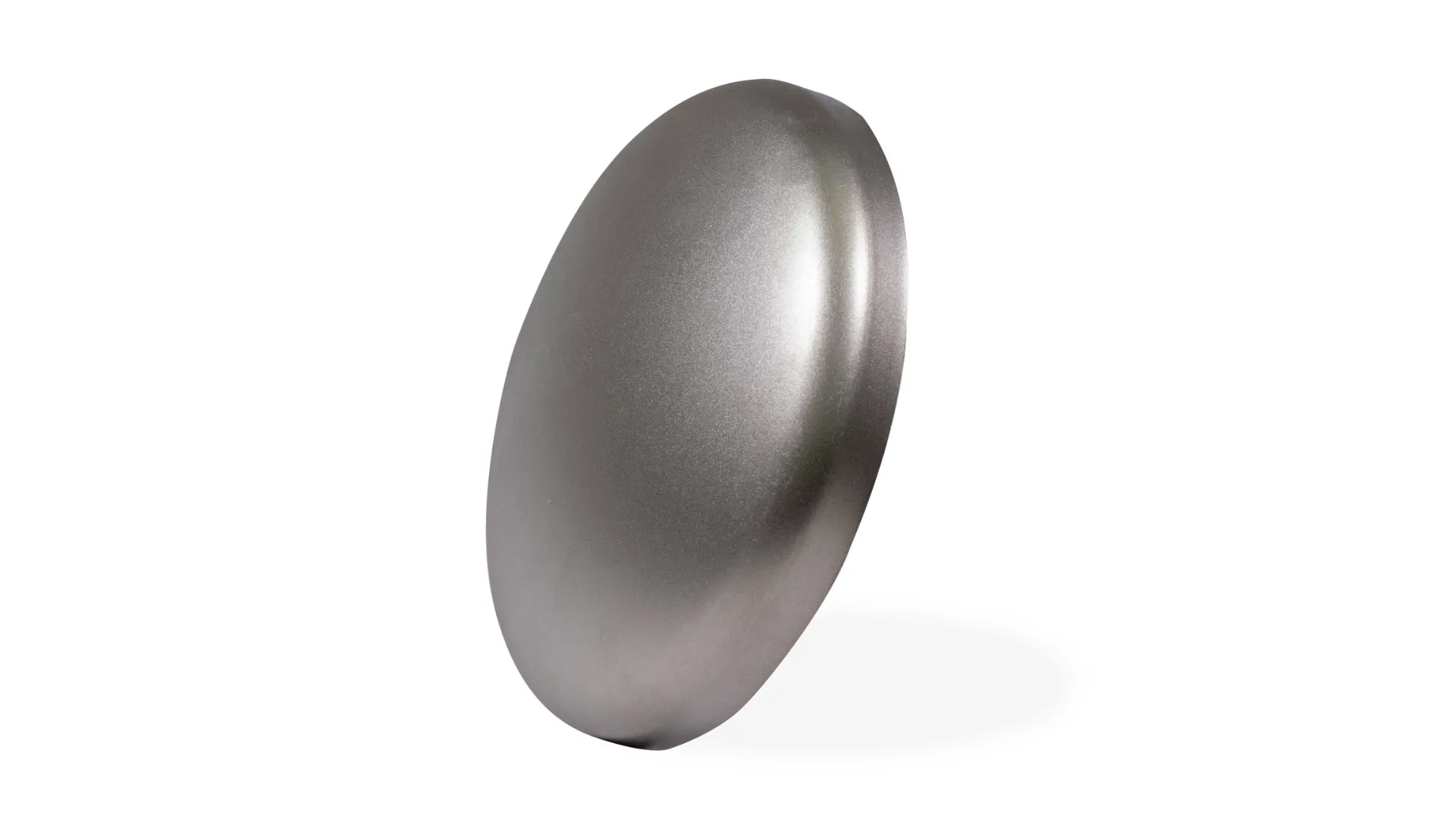-
Cangzhou Yulong Steel Co., Ltd.
-
Phone:
+86 13303177267 -
Email:
admin@ylsteelfittings.com
- English
- Arabic
- Italian
- Spanish
- Portuguese
- German
- kazakh
- Persian
- Greek
- French
- Russian
- Polish
- Thai
- Indonesian
- Vietnamese
- Zulu
- Korean
- Uzbek
- Hindi
- Serbian
- Malay
- Ukrainian
- Gujarati
- Haitian Creole
- hausa
- hawaiian
- Hebrew
- Miao
- Hungarian
- Icelandic
- igbo
- irish
- Japanese
- Javanese
- Kannada
- Khmer
- Rwandese
- Afrikaans
- Albanian
- Amharic
- Armenian
- Azerbaijani
- Basque
- Belarusian
- Bengali
- Bosnian
- Bulgarian
- Catalan
- Cebuano
- China
- China (Taiwan)
- Corsican
- Croatian
- Czech
- Danish
- Esperanto
- Estonian
- Finnish
- Frisian
- Galician
- Georgian
- Kurdish
- Kyrgyz
- Lao
- Latin
- Latvian
- Lithuanian
- Luxembourgish
- Macedonian
- Malgashi
- Malayalam
- Maltese
- Maori
- Marathi
- Mongolian
- Myanmar
- Nepali
- Norwegian
- Norwegian
- Occitan
- Pashto
- Dutch
- Punjabi
- Romanian
- Samoan
- Scottish Gaelic
- Sesotho
- Shona
- Sindhi
- Sinhala
- Slovak
- Slovenian
- Somali
- Sundanese
- Swahili
- Swedish
- Tagalog
- Tajik
- Tamil
- Tatar
- Telugu
- Turkish
- Turkmen
- Urdu
- Uighur
- Welsh
- Bantu
- Yiddish
- Yoruba

Dec . 23, 2024 23:02 Back to list
upgrading outdated galvanized pipes for improved plumbing efficiency and reliability
Replacing Galvanized Pipes A Comprehensive Guide
Galvanized pipes were once a popular choice for plumbing systems due to their durability and resistance to corrosion. However, as homes age, these pipes can become problematic. Rust and corrosion can lead to decreased water pressure, discoloration, and potential leaks. If you're experiencing issues with galvanized pipes in your home, it's crucial to understand when and how to replace them.
Understanding Galvanized Pipes
Galvanized pipes are steel pipes that have been coated with a layer of zinc to prevent rusting. Despite their initial benefits, these pipes are prone to corrosion over time. Factors like water quality, pipe age, and mineral content can accelerate this deterioration. Over the years, many homeowners have replaced their galvanized pipes with more modern materials, such as copper or PVC, which offer better longevity and performance.
Signs It’s Time to Replace Your Galvanized Pipes
1. Low Water Pressure If you notice a significant drop in water pressure, it could be a sign that your galvanized pipes are corroded internally. This buildup can restrict water flow, making daily activities frustrating.
2. Rusty or Discolored Water If your tap water appears rusty or has a strange color, it may indicate that the pipes are rusting from the inside.
3. Frequent Leaks Galvanized pipes can develop leaks as they age, leading to costly repairs. If you're constantly dealing with leaks, it may be cheaper to replace the pipes entirely.
4. Age of Pipes If your home was built before the 1960s, it likely has galvanized pipes. The older the pipes, the higher the risk of issues arising due to corrosion.
5. Strange Smells Occasionally, rust can affect the taste and smell of your water. If you've noticed unusual odors, it might be time to investigate your plumbing.
The Replacement Process
Replacing galvanized pipes is a significant home improvement project, but with the right knowledge and planning, it can be accomplished effectively.
replacing galvanized pipes

1. Consult a Professional Always start by consulting a licensed plumber. They can conduct an assessment of your plumbing system and advise you on the best materials for replacement.
2. Choose Replacement Material Common alternatives to galvanized pipes include
- Copper Pipes Known for their longevity and resistance to corrosion, copper pipes are a popular choice. However, they can be more expensive than other options. - PVC and CPVC These plastic pipes are lightweight, resistant to corrosion, and easy to install. They are often used for cold and hot water lines. - PEX Cross-linked polyethylene (PEX) is flexible and resistant to scale and chlorine, making it an increasingly popular choice for modern plumbing.
3. Assess the Scope of Work Replacing pipes can range from replacing a single section to a full system overhaul. A plumber will help you understand the scope and provide an estimate for labor and materials.
4. Prepare Your Home Before the work begins, ensure that your home is ready for the plumbing project. Clear the area around the pipes and make arrangements for temporary water supply, if necessary.
5. Installation The plumber will remove the old galvanized pipes and install the new ones. This process can take several hours to a few days, depending on the complexity of the system.
6. Final Inspection Once the installation is complete, ensure the plumber inspects the system for leaks and proper water flow.
Maintaining Your New Plumbing
After replacing your galvanized pipes, proper maintenance will help extend the life of your new plumbing system. Regularly check for leaks and consider water quality tests for any changes in your home's water supply.
Conclusion
Replacing galvanized pipes is a critical step in maintaining a safe and efficient plumbing system. While it requires an investment of time and money, the long-term benefits far outweigh the initial inconvenience. By transitioning to more durable materials, you can ensure better water quality, pressure, and peace of mind for years to come. If you suspect your pipes are in need of replacement, don't hesitate to consult a professional and start the improvement process today.
Latest news
-
ANSI 150P SS304 SO FLANGE
NewsFeb.14,2025
-
ASTM A333GR6 STEEL PIPE
NewsJan.20,2025
-
ANSI B16.5 WELDING NECK FLANGE
NewsJan.15,2026
-
ANSI B16.5 SLIP-ON FLANGE
NewsApr.19,2024
-
SABS 1123 FLANGE
NewsJan.15,2025
-
DIN86044 PLATE FLANGE
NewsApr.19,2024
-
DIN2527 BLIND FLANGE
NewsApr.12,2024
-
JIS B2311 Butt-Welding Fittings LR/SR 45°/90° /180°Seamless/Weld
NewsApr.23,2024











